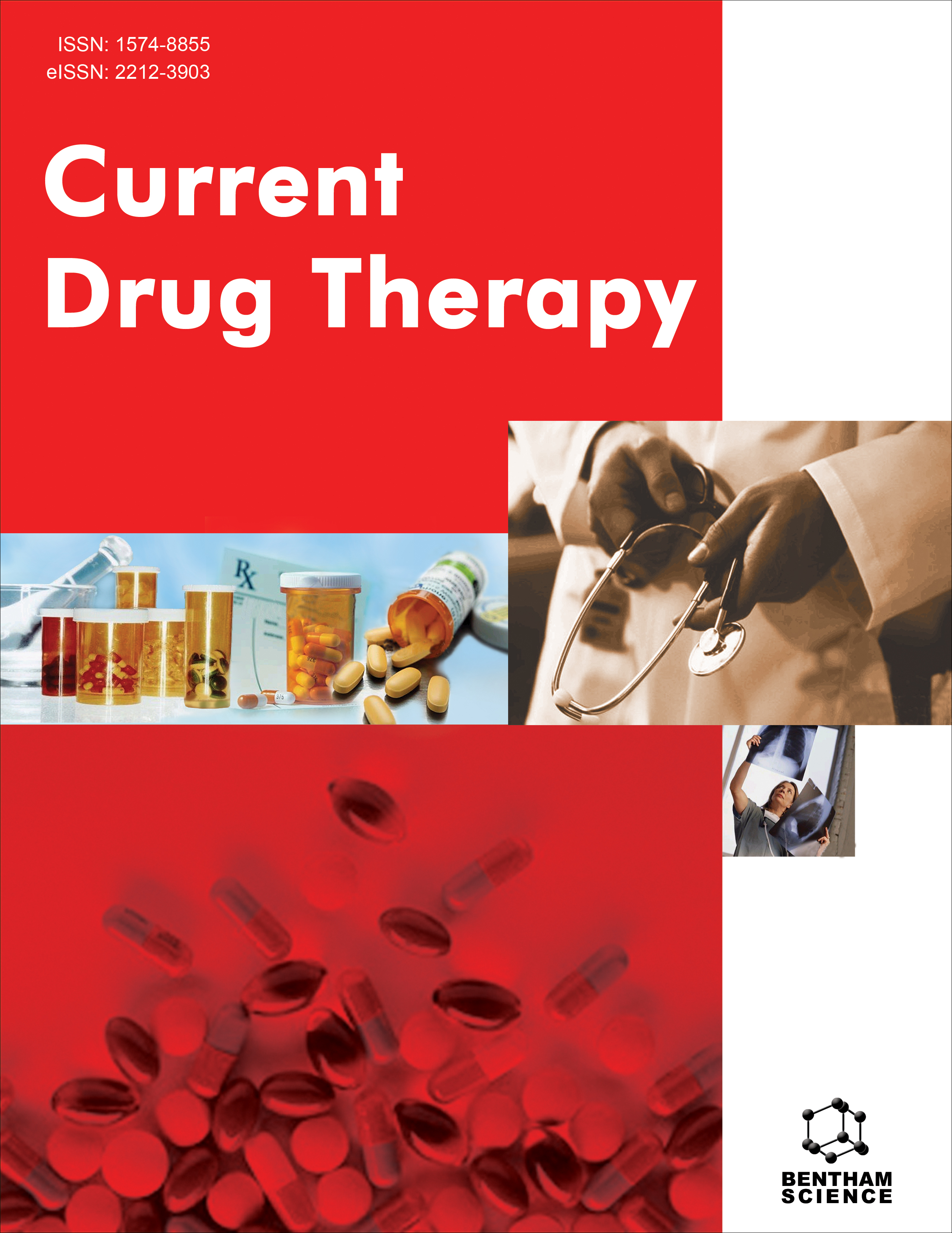
Full text loading...
We use cookies to track usage and preferences.I Understand
Atopic dermatitis (AD) is a non-fatal, non-communicable, chronic skin inflammatory condition marked by itching, lesions, and skin barrier dysfunction. As per the International Eczema Council, as of 2022, more than 200 million people were suffering from AD, with the disease burden reported highest in children. Environmental factors, genetic predisposition, and lifestyle have been found to be essential factors in triggering the adverse skin response. In this review, we provide a detailed overview of the pathophysiology of AD, how the skin barrier gets altered from normal condition to AD, and the role of genetic defects in Filaggrin protein, affecting the skin barrier function by altering the skin pH and hydration. Also, we highlight the role of toll-like receptors (TLRs) and the altered skin and gut microbiota in inducing chronic inflammatory responses and playing a significant role in the pathogenesis of the disease. Further, we discuss the role of several chemokines and cytokines, which could serve as important prognosis markers for early detection, monitoring the disease progression, and assessing the response to the treatment. We also report the current treatment regime of multimodal therapeutics ranging from topical emollients to topical, oral, and injectable immune modulatory agents. Besides, we discuss the importance of the gut-skin microbiome axis and the increasingly important role of prebiotics in AD treatment.

Article metrics loading...

Full text loading...
References


Data & Media loading...

